The Hidden Cruelty at Whataburger
According to recent studies, the American public cares deeply about farm animals and wants them to be protected from suffering.[…]
Read moreDedicated To People, The Planet, and All Its Inhabitants – Since 1996

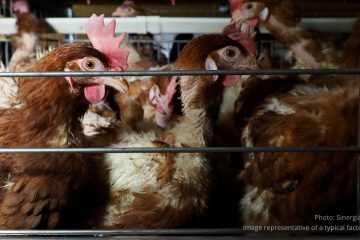
According to recent studies, the American public cares deeply about farm animals and wants them to be protected from suffering.[…]
Read more
One of the many pens of animals at the farm in Franklinville NY. Far right is Matilda and Zepha- one of the mothers we took in, is close as always.

Nectar, Kaley and Adel in their new barn with 24 hour a day access to outside. You cannot beat this.
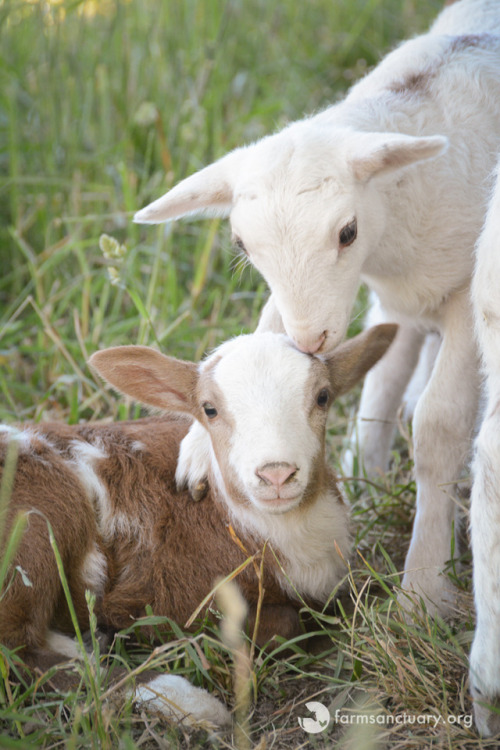
Twin brothers Jack and Bob Barker will never know fear and were born into peace and love- the way they should all live.
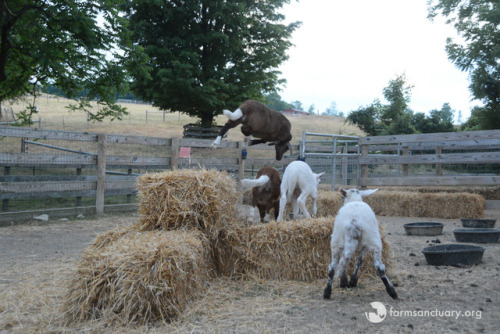
Vera Jo dive bombs
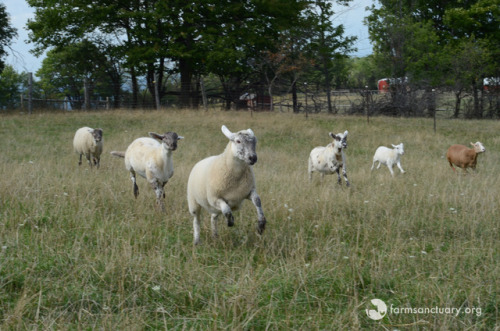
A very happy family. left to right: Zepha and her daughter Laurie and twin Cindy frolicking in the grass with Izzy, Bob Barker and Bob’s mom Daniella

The babies born to the mothers who suffered loss after loss of their lambs, can finally have these babies live with them forever.
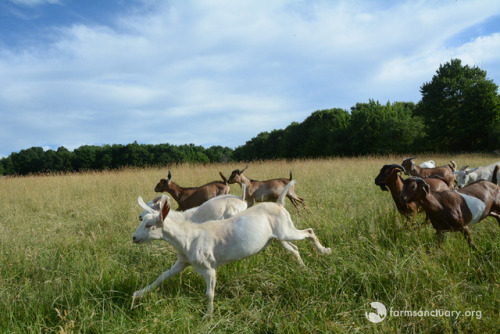
Goat boys who had never been outside in their life, spent the first months terrified to leave their barn. Thankfully you can see they got over this.
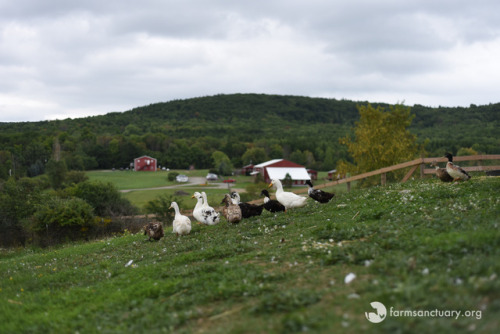
Ducks, who were surviving on eating trash and the bodies of the dead, now are enjoying the Farm Sanctuary life.
Remembering that horrific
Franklinville
farm operation in Cattaraugus County, NY, is not difficult
—
but it is still hard. It is hard because it is painful to think that the beautiful beings we now know so well came from this hell on earth.
It is hard because these loving, caring, and kind individuals were living in darkness — some never seeing the light, feeling the sun, or touching the earth for years on end.
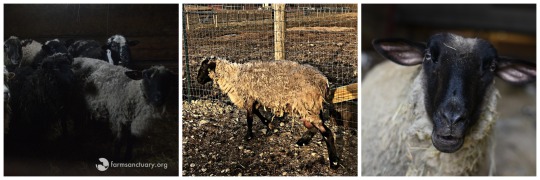
Matilda, whose original rescuers took her babies away, was suffering from horrible mastitis, emaciation and exhaustion. Now. at Farm Sanctuary, she is happy and thriving.
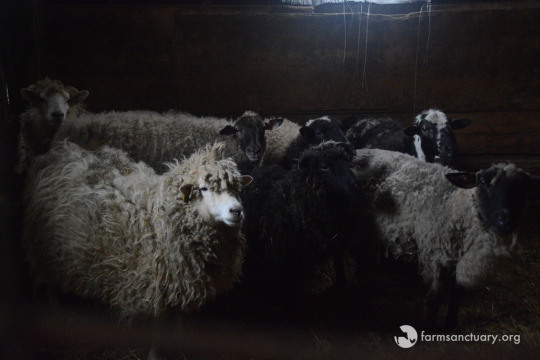
All of the animals living in the barns were living in darkness with no opportunities to venture into the sun or fresh air.
It is hard because these fragile, gentle creatures went without care
− some without shelter in the dead of winter.
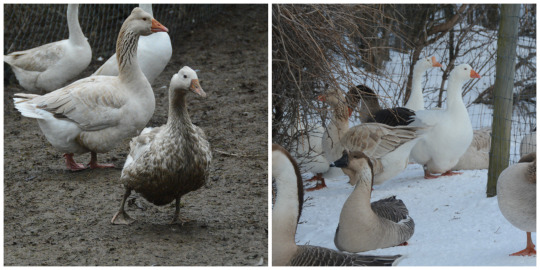
The geese were left outside without shelter in the dead of winter, but mud season was actually worse. Due to improper housing, and living in areas with multiple deceased animals, the girls arrived with a rare and very difficult to treat parasite.
It is hard because mothers, who we know love their children, had to see them taken away to be sold for food, and then were forced to reproduce and create more children to love and lose.
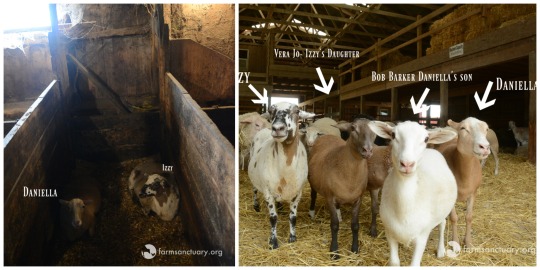
From a birthing pen, where baby after baby is taken, Izzy and Daniella had their next babies at our sanctuary in Watkins Glen, NY. These babies, as you can see, are as big as mom and still with their family.
So we remember. We cry for those who never had a chance to get out
− for the hundreds who died on that farm. We feel pain for the babies sold for lamb as their mothers were forced to let them go.
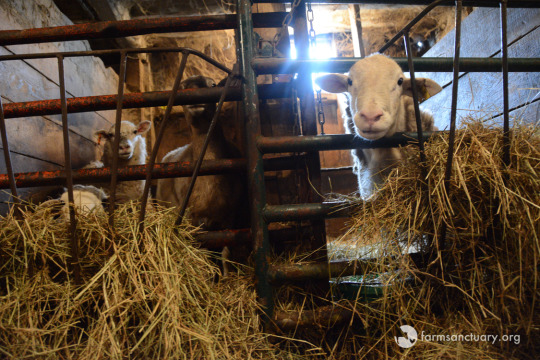
When we arrived to pick up the sheep and goats, many were being removed or had been removed by local farmers. We could only take some of the remaining animals. Gabby, above back left, was one who made it to Farm Sanctuary.
We remember those who were left to survive in barns so filthy that humans were not allowed to enter without respirators; where our eyes and throats burned from the ammonia in the air.

Beeley Pippin, before and after. Arriving dirty, emaciated, and in poor feather condition, this girl has made a huge change for the better.
But we also celebrate. We celebrate because those who are at sanctuary are feeling the earth, soaking up the sun, protected by shelter, able to live with their loved ones, and seen as someone, not something. We celebrate because we know them as the individual beings that they are
—
not as products of the meat, egg, and dairy industries.

Gabby, seen in the photo above where she was penned since being born, now enjoying freedom and love.
And we celebrate because their stories will be told over and over again, so that future generations will know that these animals’ lives were worth living.
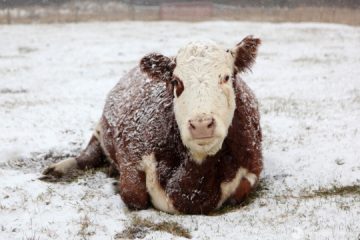
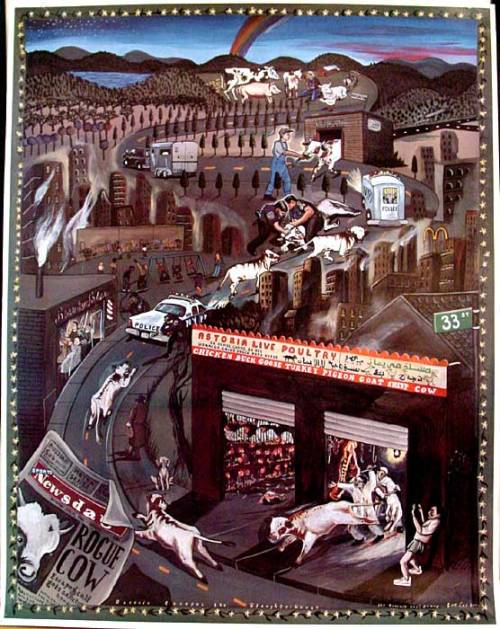
Queenie over 16 years ago and her great escape – painting by Sue Coe
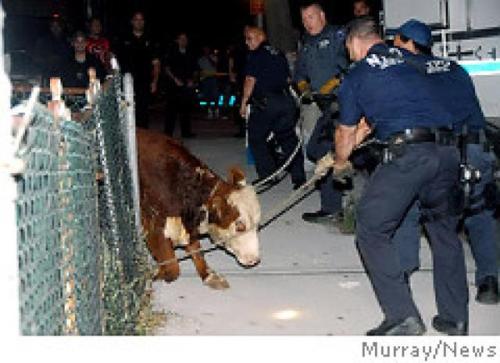
Maxine thankfully was also roped after only light sedation and again she was run into a yard and had the ability to calm down. She was also much smaller.
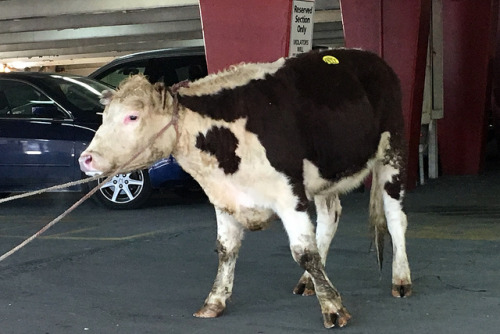
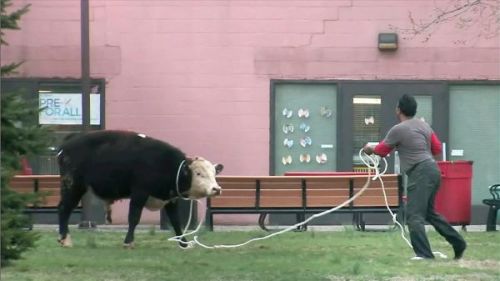
Darted and roped- this was done right! Photo by Robert Stridiron
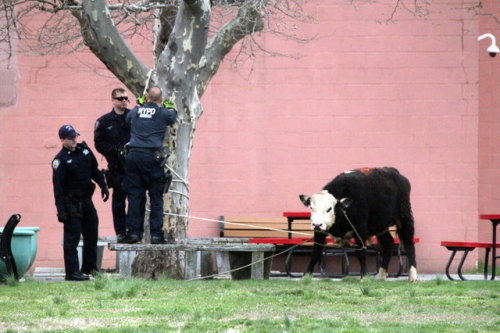
Frank Roped to a tree- already darted twice- and in the end darted 3 times. Photo by Robert Stridiron
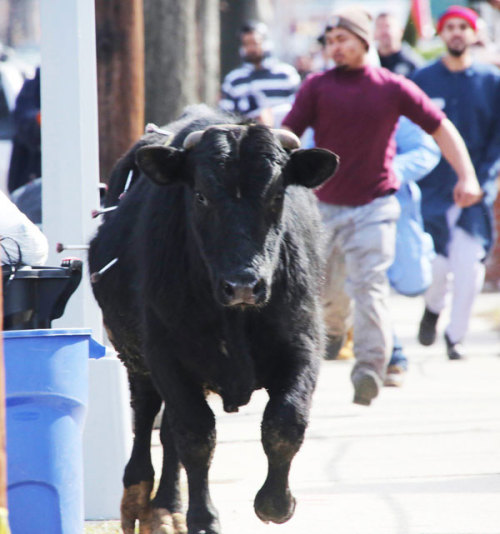
Photo by Ellis Kaplan of the recent escapee being chased – already darted too many times.
Last week, yet another bull escaped from a New York City live market — the third in less than 13 months. And people are outraged.

From left to right: Queenie (rescued August 2000), Maxine (rescued September 2007), Freddie of Skylands Animal Sanctuary and Rescue (rescued January 2016), and Frank (rescued April 2016).
And this bull had a place lined up to go — a chance not only to survive, but to actually live out his life with other cattle and a new family. Upon learning of this bull in need, Mike Stura of New Jersey-based Skylands Animal Sanctuary and Rescue immediately set out for the city, but sadly, this sweet boy — one of millions killed every year for food — was already gone.
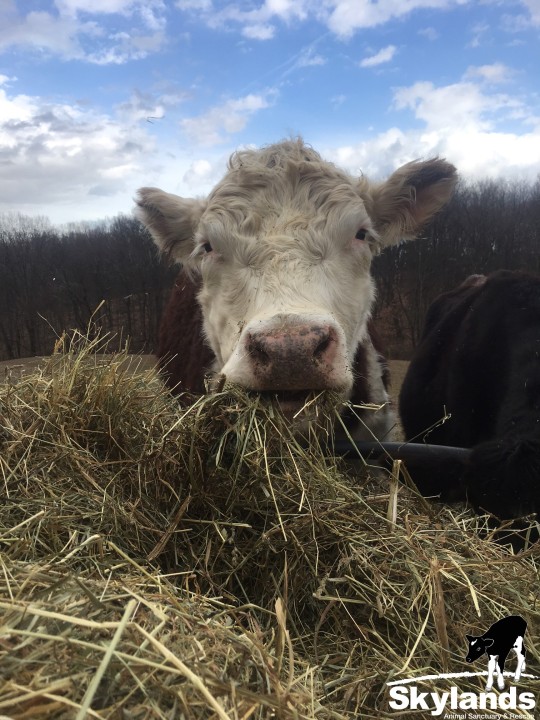
Freddie enjoying life as a free man at Skylands — loving his people and his hay.
For the sake of statistics, more than 18,000 cattle are slaughtered in the U.S. each day. So why is this bull so special? Because he got loose — he was free, and people were rooting for him. People saw him. There are likely others in the same facility — but we saw him, and watched him try. But he still died, and now, for many people shocked and upset by the loss, there seems to be the need to blame someone — in many cases, the police — but is that really fair?

The most handsome face of the now sweetest boy, Frank. Although he attempted to hurt people during his escape, he has been a perfect gentleman since his arrival at Farm Sanctuary.
I, too, watched the live video online and did the same thing: I screamed at the computer — “Stop chasing him!” “They hit him too many times with the darts!” “You’re going to kill him!”
And they did. But even a bull as young as this one was could easily have
killed someone else — because he was running for his life. The police are not hired to protect and serve cattle — many will eat a burger after work. They are hired to protect people.
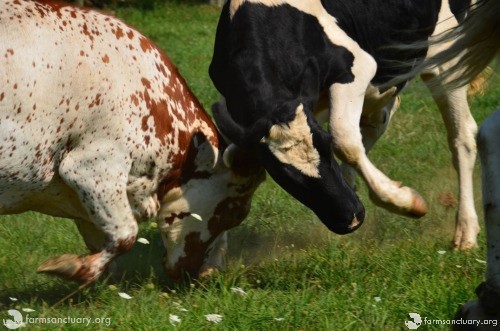
Queenie is one of our smallest cows and was an adult when she arrived — although she was the size of a calf. Here, she demonstrates that even an 800-pound girl like herself can cause damage — serious damage.
So are the police officers who tranquilized him alone to blame? Should all 32,000 potential police officers in New York City be trained to properly tranquilize bulls? Again — they are hired to protect people.

One of my favorite things about those who have escaped slaughter is that they are drawn to each other. Here, Queenie and Cinci Freedom spend time together enjoying sanctuary life.
Cattle are prey animals, and they have a fight-or-flight response. Bulls and cows brought to the live markets are originally from farms, where they
spend their time with their bovine family and herd outside grazing. A very
few of them are shipped into New York live markets; most are sold at auctions and slaughtered elsewhere.
This bull was likely not the only bull,
cow, sheep, goat, chicken, duck, etc., who died that day in a Queens slaughterhouse. And he was scared. Even when we have to sedate our friendliest, calmest steers at sanctuary, we walk away after the sedative drugs are given — we don’t chase them or even hang out around them, so that they will feel safe and go to sleep.
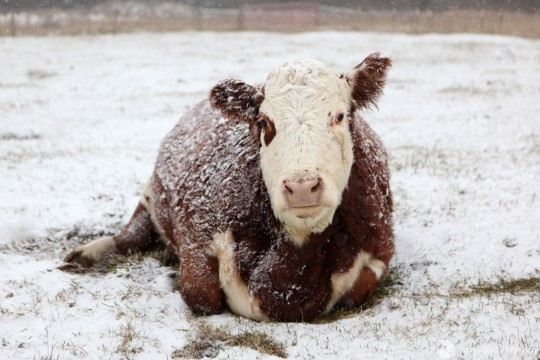
Maxine disguising herself as a powdered doughnut.
So let’s look at other cases in which animals lost their lives in recent years. Many animal lovers placed the blame on those whose decisions, in the end, led to the animals losing their lives. But are they really to blame?
1. Many blamed the zookeepers and the mother of the child who fell into the exhibit in the 2016 case that ended tragically with the death of the magnificent gorilla Harambe at the Cincinnati Zoo. But was the blame only theirs? Again, I don’t think so.
2. I vividly remember the 2011 case of Ohio resident Terry Thompson, who threw open the cages of his private exotic animal collection before committing suicide. Police, having no method to tranquilize these animals, ended up killing 48 of them. There was an outcry against the officers, who were accused of being trigger-happy — but was that really the cause of this tragedy?
3. In 2010, a very pregnant Holstein cow in a birthing tent, where visitors to the California State Fair can witness the miracle of birth, escaped. Because she was unable to be knocked down with tranquilizers, she was shot and killed.
4. Just last year, another fairground-escapee bovine ran over a police officer and a teenager, and was shot and killed.
5. And then there are these cases of escaped cattle killed who were not even given a chance, and were instead shot:
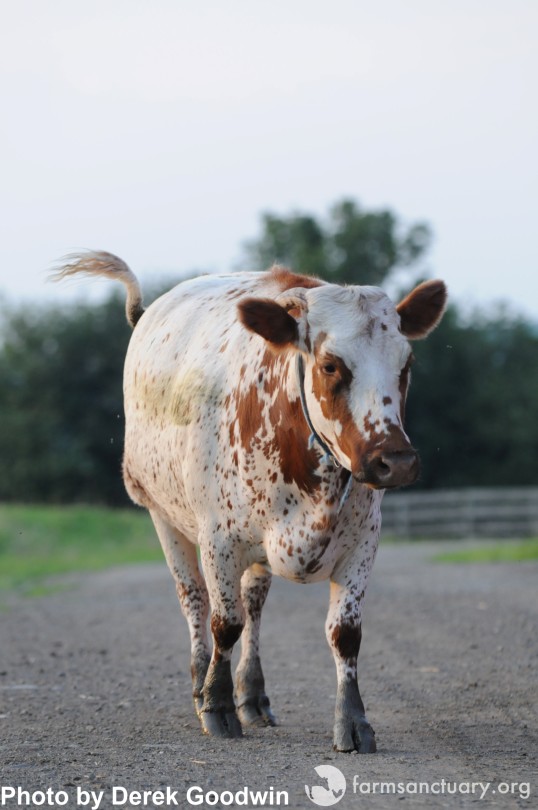
The Queen — our first live-market escapee, Queenie, is still with us more than 16 years after her dash for freedom.
Multiple times each year, cattle are shot down to avoid injury to people in areas where they escape. And just a few weeks ago, a steer escaped, but was recaptured. This happens, too, and the ending is far worse for the animal: being returned to the slaughterhouse.
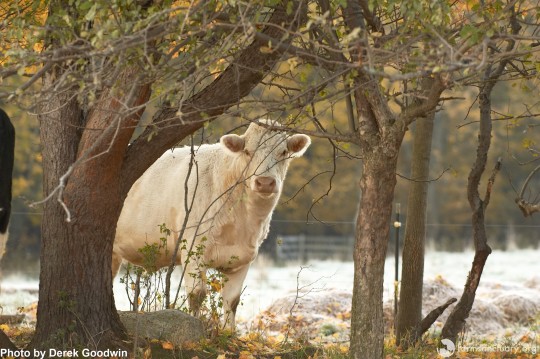
Cinci Freedom was always aware when humans were near, and like so many escapees, did not ever fully become comfortable with humans.
So when thinking about this most recent case, as in the endless other cases, perhaps stepping back and looking at the big picture is the only way to fairly assess why these beings died.
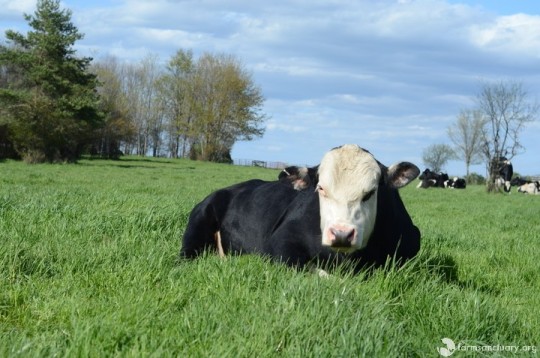
Frank’s first week in the herd.
The bottom line is this: Gorillas should not be captive in zoos — they
should live in their jungle homes with their families. They are in zoos because people pay money to
come and see them.
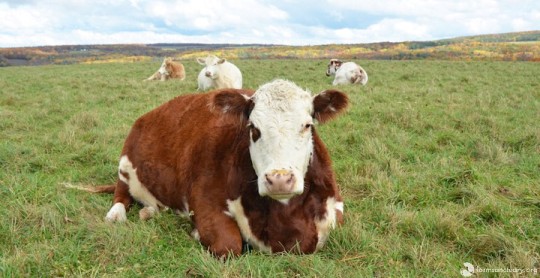
Big girl Maxine with her people. The one in the right rear is Queenie.
Private citizens should not be allowed to obtain exotic cats and dangerous wild animals. A small Ohio town (or any town) is not equipped to rescue that many loose and potentially deadly animals in one night.

Frank and his new family — and new best friends. From front to back: Frank, Nik, Dennis, and Chandini.
And animals should not be put on display — especially a vulnerable, pregnant mother ready to give birth. Of course she ran — she was afraid.
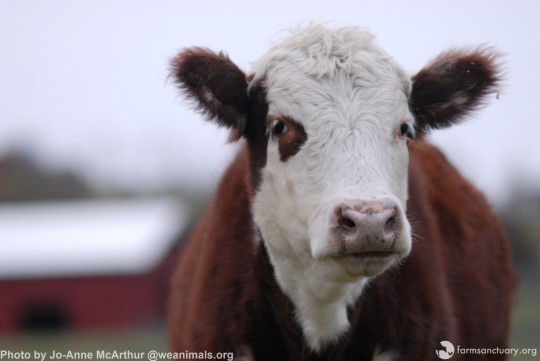
The beautiful Maxine! Although she has never become close to people, she loves her cattle family.
And the bottom line in this sad case: This bull should not have been in the
city. We mourn the loss of this and all beings whose lives are cut short, who go unnoticed and who never get the chance to really live. R.I.P., sweet boy.
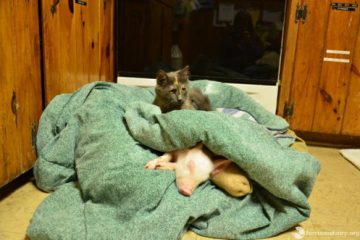
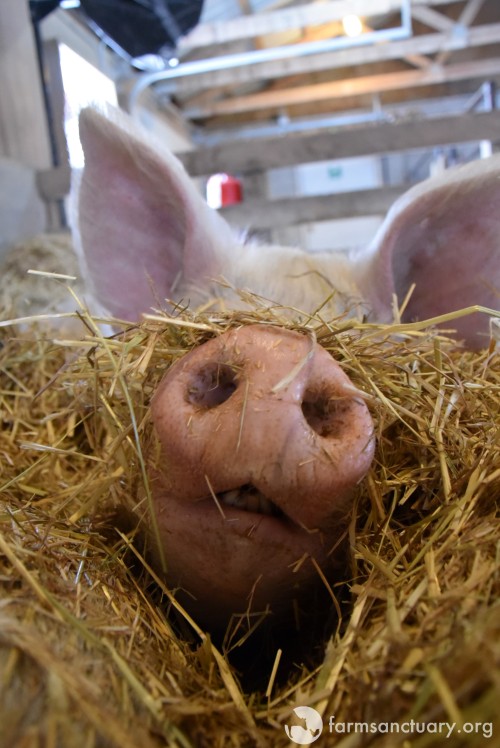
Hello!!!!!! Bedding is fun! Andy loves his bed!


Joan and pals bedded down!
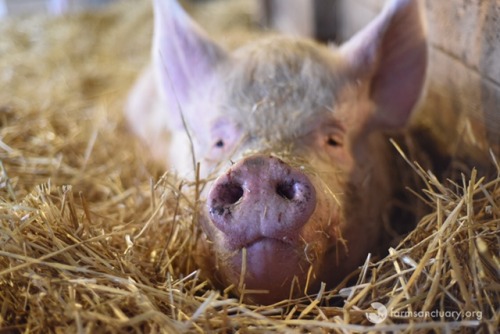
Honey snuggled in the straw.
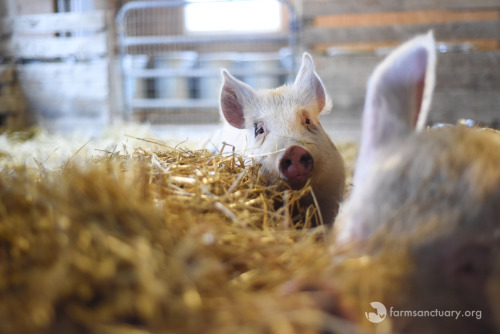
Ben David piglet bedded down next to Honey, his adoptive mom.
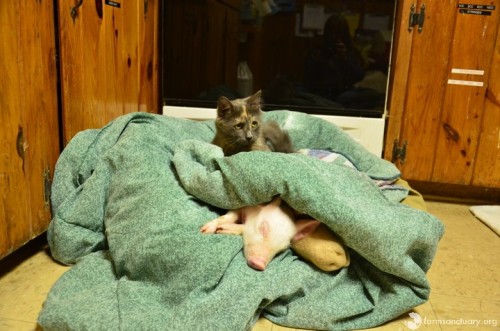
Eric’s first bed.
One thing we see time and again when we rescue pigs — especially those who’ve come from factory farms or been forced to live in pens consisting only of mud or in concrete-floored barns — is that bedding is what they seem to enjoy and want the most.
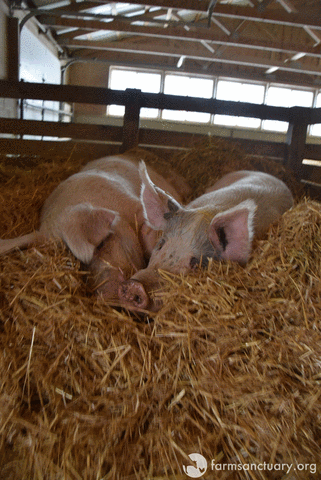
Noah and Portia hate to be disturbed when napping!
Now, I love to sleep, and nothing feels better than sleeping in soft, comfortable bedding. Sleep needs to feel safe, secure, warm, and snuggly — and no one appreciates this more than a pig.
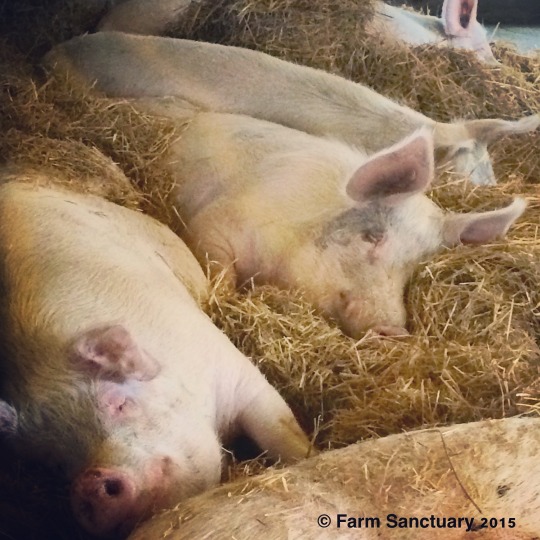
The family that nests together stays together.
So today’s walk around the farm is all about pigs and going to bed! We will watch as our rescue-barn resident pigs make their beds and get ready to sleep. With the snow falling down right now and temperatures dropping into the teens, nothing says comfort like a warm, soft bed!
So sit back and watch some of our pigs get comfy — and I hope you all have an equally comfortable and happy sleep!
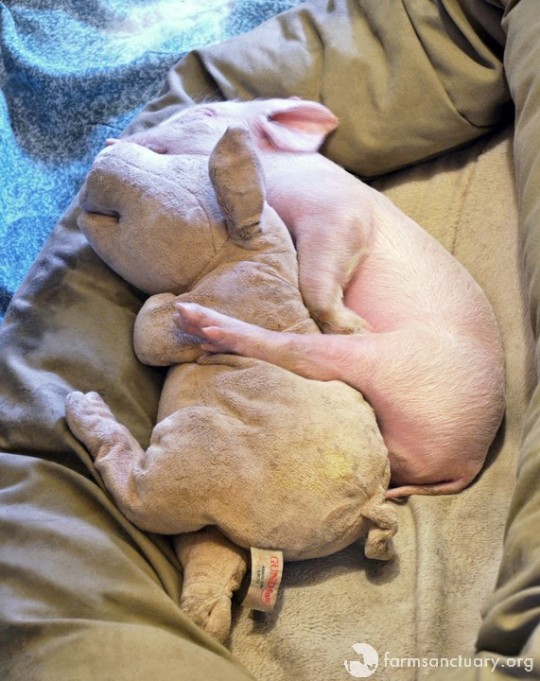
Eric started out snuggling on a stuffed pig, and now he does the same with his real friend Bob and in snuggly straw!
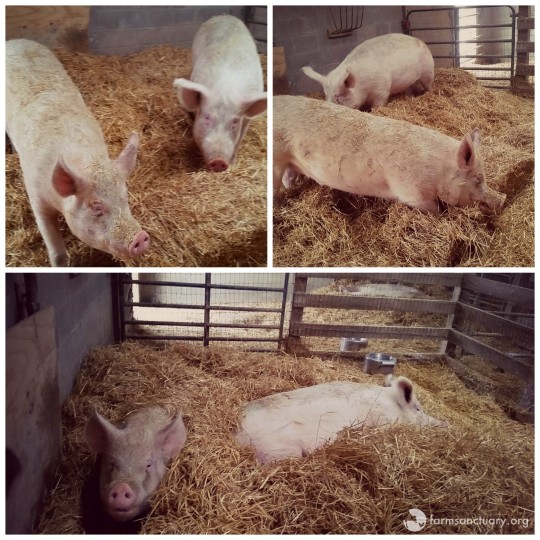
Bob and Eric now — Bob is the live version of the Gund pig above!
Read more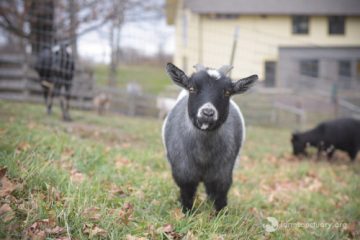
It’s the final month of the year, but thanks to you, it’s only the beginning for our rescued residents! This[…]
Read moreOn a rainy Tuesday a few weeks back, we began our journey to help two amazing turkeys, Tofu and Tina,[…]
Read more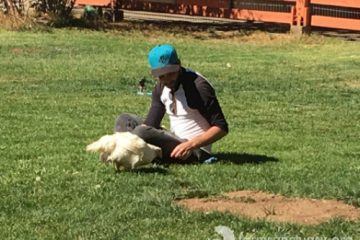
New resident Yolanda hen only arrived at our Southern California Shelter a few months ago, in early October, but she[…]
Read more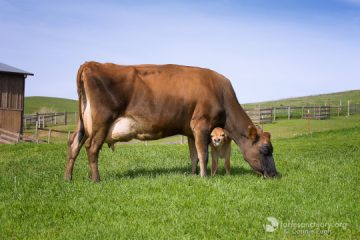
For dairy-industry survivor and retired TV star Betsy cow, the road to sanctuary must seem very long indeed. Betsy spent[…]
Read more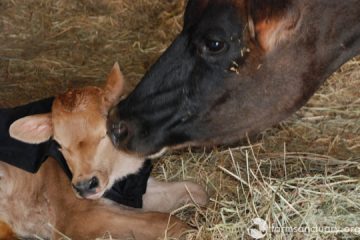
Nutmeg: The Spice of Farm Sanctuary Life February 9, 2015, would become an extraordinary day for us, but it started[…]
Read more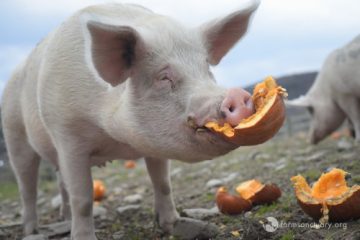
Our turkey residents have spent the past several weeks partying at our Celebration for the Turkeys events. But don’t worry — our[…]
Read more